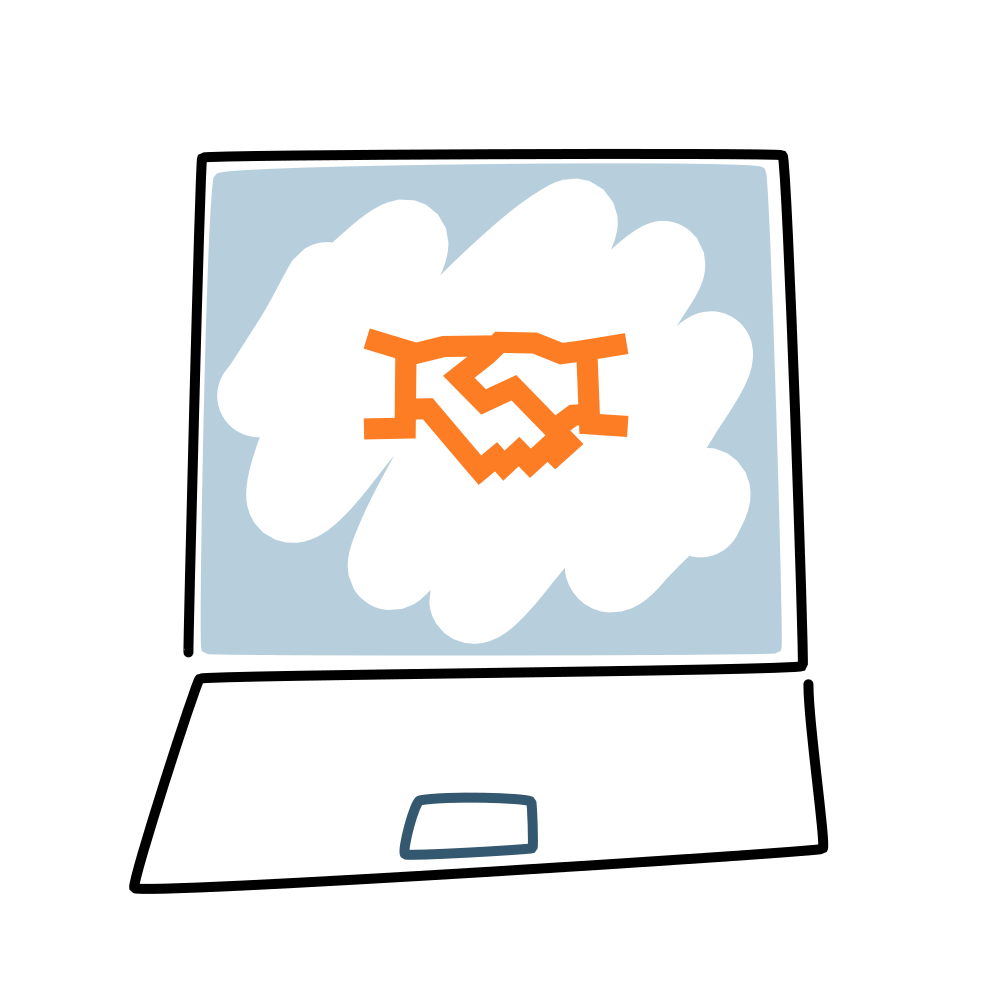CASE STUDY
Distributed supplier relationship management was seen as unnecessarily costly, especially since many suppliers were serving several local branches of the client at the same time. The issue was evaluating the costs incurred by these shared suppliers, making it impossible to negotiate group terms for the entire market.
According to the client, the supplier management process – their verification, evaluation, and potential termination of relationships – was not carried out efficiently enough. There was a lack of tools to monitor the necessary tasks and provide the required information. With over 20,000 suppliers to manage across the organization, the client had to look for IT solutions.
In addition, the client had to deal with the issue of conducting an independence check – verifying that the supplier was not also a client of the company (especially in the field of auditing), which could easily happen and be overlooked given the size of the organization.
The process analysis covered the following issues:
During the analysis phase, several people from the client’s procurement, independence, and IT departments participated. Syndatis created comprehensive documentation and prepared a prototype demonstrating the most important functions of the future solution.
The implementation was based on the Syndatis BPM4 platform (a few years later, it was transferred to the latest version of the system, Syndatis AIR). As part of the project, seven separate processes were prepared to handle different elements of the supplier life cycle, along with mechanisms allowing for efficient data management. Interfaces were built with the ERP system and other systems providing information necessary for the processes.
The implementation was initially carried out in the two largest markets, and then gradually, as the client’s capabilities allowed, additional territories were added. Each of these local implementations meant the need to organize the supplier database, connect the local ERP database to the Syndatis system, and, of course, implement new procedures and habits in the organization.

One of the major challenges of the project was to standardize the data structures and organize the data across all territories. The use of data templates and experiences gained in subsequent stages helped increase the efficiency of the launch process.
A high level of integration with the systems in the organization and the high intensity of data synchronization between documents within the system posed a significant performance challenge. The optimization of the technical aspect was an important element of our project.
Maintaining an organized process on Syndatis AIR platform has led to significant cost savings over the years (even up to 10% in the case of global suppliers). Ensuring compliance with procedures minimized risks associated with their violation. Automation of communication between systems streamlined the process and reduced the overall workload of the purchasing team by 15%.
Do you want to learn more? Do you have similar problems? Or maybe we have inspired you to look into other processes?